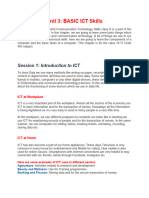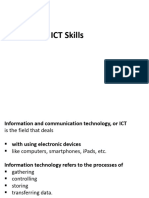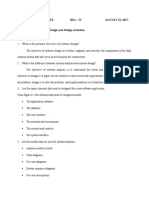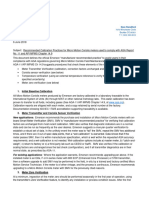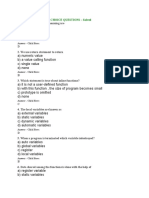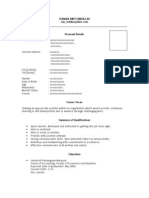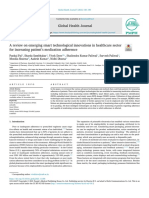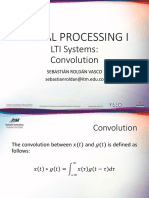0% found this document useful (0 votes)
26 views22 pagesIT3A
The document provides an overview of Information and Communication Technology (ICT), highlighting its significance in various sectors such as workplaces and homes. It details the functionalities of ICT tools like smartphones, tablets, and computers, along with their components, operations, and basic internet usage. Additionally, it covers essential skills and knowledge required for effective ICT use, including email communication and internet browsing.
Uploaded by
surajsingh.15112012Copyright
© © All Rights Reserved
We take content rights seriously. If you suspect this is your content, claim it here.
Available Formats
Download as DOCX, PDF, TXT or read online on Scribd
0% found this document useful (0 votes)
26 views22 pagesIT3A
The document provides an overview of Information and Communication Technology (ICT), highlighting its significance in various sectors such as workplaces and homes. It details the functionalities of ICT tools like smartphones, tablets, and computers, along with their components, operations, and basic internet usage. Additionally, it covers essential skills and knowledge required for effective ICT use, including email communication and internet browsing.
Uploaded by
surajsingh.15112012Copyright
© © All Rights Reserved
We take content rights seriously. If you suspect this is your content, claim it here.
Available Formats
Download as DOCX, PDF, TXT or read online on Scribd
/ 22











